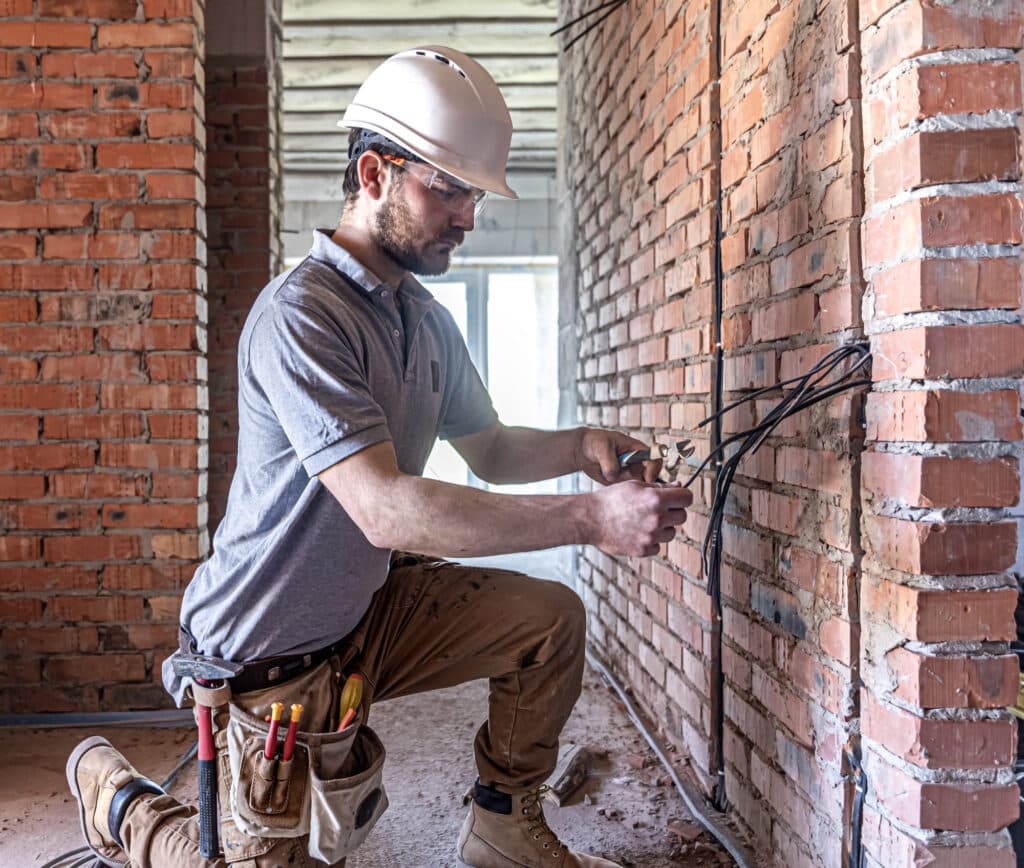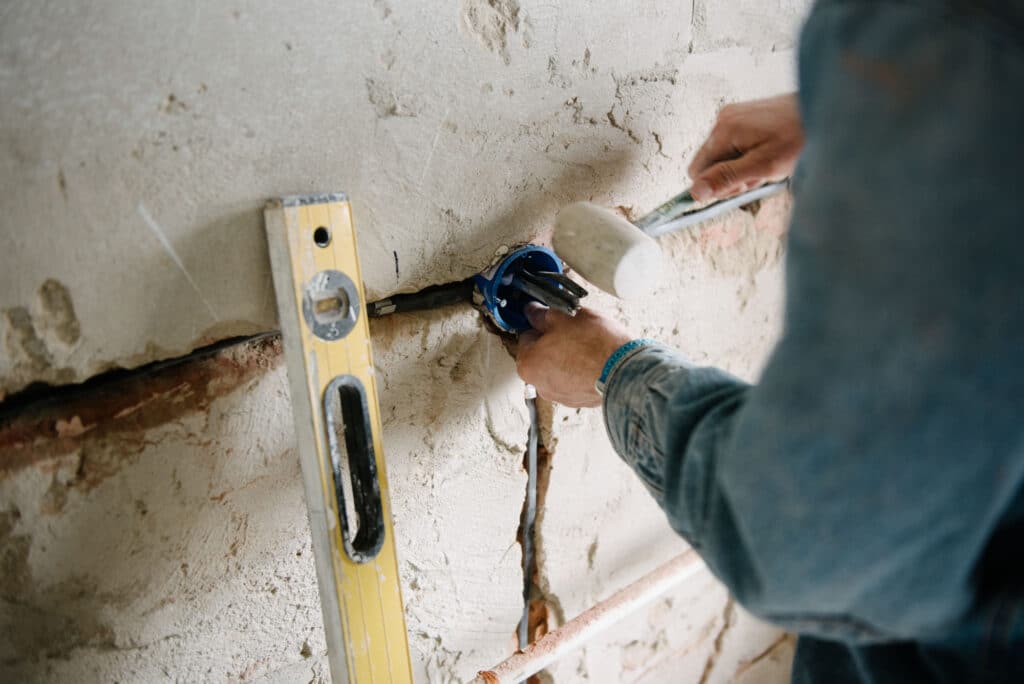When it comes to renovating or improving a home, many people wonder what the difference is between renovation and rehabilitation. Although both terms are related to works and improvements in real estate, their approach, scope, legality and objective are different. Knowing how to distinguish between one and the other is fundamental, especially if you are going to undertake a work and reform of housing; you are looking to improve its efficiency or you intend to access public aid.
Here, from Taller d’Arquitectura 43720, we explain in a simple but complete way, what each concept means. What aspects differentiate them, and in which cases it is more convenient to opt for a rehabilitation or a reform.
Concepts
Before discussing the differences, it is important to understand what exactly each term defines and means. Although they are often used as synonyms, renovation and rehabilitation refer to different interventions on a property. Let’s take a look at what each implies.
What is a reform?
A home renovation consists of modifying, updating or improving part or all of a property. It can involve a simple aesthetic renovation, such as painting or changing the floors, or a complete renovation that includes redistribution of spaces, renovation of installations, replacement of windows and modernization of finishes.
Home renovations are very common in old apartments or second hand properties. The objective is usually to improve functionality, adapt to new family needs or update the style without modifying the main structure.
In general, there are two types of reforms:
- Partial reform: it affects specific areas such as kitchen, bathroom or a room.
- Integral reform: it implies to intervene in the whole house.

What is rehabilitation?
On the other hand, housing rehabilitation focuses on recovering or preserving the basic conditions of habitability, safety or energy efficiency of a property. Unlike renovation, it usually involves more technical or structural interventions, such as reinforcing walls, repairing roofs, treating humidity or improving foundations.
This type of works are frequent in deteriorated buildings, with constructive pathologies or elements that do not comply with current regulations. Rehabilitations are also considered to be those interventions that seek to adapt housing to new accessibility or sustainability requirements.
Legally, the rehabilitation of housing usually requires a technical project, a visa, specific licenses and, in many cases, it is eligible for public subsidies for energy efficiency or heritage conservation.
Main differences
Let us now analyze in detail the difference between refurbishment and rehabilitation from several key perspectives:
Target
Reform: Focuses on functionality and aesthetics. It seeks to reorganize spaces to optimize light, modernize kitchens or bathrooms, and adapt housing (telecommuting, accessibility, family). It also improves comfort, updates facilities and renews the overall aesthetics.
Rehabilitation: Its objective is technical and structural. It seeks to recover or maintain the safety, stability, habitability or energy efficiency of the building. It often solves problems such as cracks, humidity or structural deficiencies, and is oriented to comply with energy or accessibility regulations, especially in old buildings.
In summary:
- Reform: seeks to improve or update what already exists.
- Rehabilitation: seeks to recover what is deteriorated or adapt it to current standards.
Purpose
Purpose of a Refurbishment: Its main purpose is to improve the quality of life of those who inhabit it or increase the value of the property for sale/rent. It allows to personalize the space, optimize its use and adapt it to new trends or needs without changing the dwelling.
Purpose of a Rehabilitation: It is more technical and urgent. It seeks to ensure the safety, habitability and durability of the building. It may be mandatory if there are technical reports that detect structural deficiencies, risks or non-compliance with regulations.
In summary:
- Renovation: voluntary purpose and oriented to comfort, aesthetics or revaluation.
- Rehabilitation: technical, regulatory or structural purpose, often necessary or urgent.
Budget
The reforms can have a very variable cost depending on the scope, can range from a small reform, to a work of integral reform in Vilafranca del Penedès.
Rehabilitations, on the other hand, usually require prior technical studies, specific materials and architectural supervision, which raises their average cost, although they are also eligible for public subsidies.
Types of works
Depending on the type of work to be carried out in the house, the difference between reform and rehabilitation can be clearly observed. For example:
- Painting walls, replacing kitchens and redistributing spaces are clear examples of renovations. These interventions focus on aesthetic and functional improvements, such as renewing the appearance, changing furniture, updating coatings or modifying the internal distribution, without altering the fundamental structure or the stability of the building.
- The reinforcement of structural walls and the repair of roofs are clear examples of rehabilitation. Both interventions act directly on the structure and protection of the building. Their objective is to repair damage, correct pathologies and ensure long-term stability, safety and habitability.
- The energy improvement can be considered as a renovation or rehabilitation, depending on the scope. If windows are replaced or new heating systems are installed, it is a renovation. If the thermal envelope of the building (facades, roofs, structural insulation) is acted upon, it is considered a refurbishment.

Examples
Let us now look at some examples of renovation and rehabilitation:
Example of reform
A couple buys an old apartment in Vilafranca del Penedès and makes a complete renovation. They remove partition walls, change floors, renovate kitchen and bathroom, and install new electricity. Although the original structure is maintained, the entire interior is modernized with modern finishes.
Example of rehabilitation
A single-family home with cracks, leaks and inefficient windows requires rehabilitation. The architect has determined that it is necessary to reinforce the structure, redo the roof and integrate insulation to improve energy efficiency.
Which option do you need for your home?
Choosing between renovation or rehabilitation depends on the state of the property, your goals and the type of intervention required. If you do not know where to start, in Taller d’Arquitectura 43720 we help you to study your case and decide which way is more appropriate.
Are you not sure what a house renovation is or how it differs from a rehabilitation? We explain it step by step.
Does your home need a complete update? We can do a complete renovation in Vilafranca del Penedès or wherever you are, with custom design and technical support.
Does the property have structural problems or need to improve its efficiency? We propose a housing rehabilitation adapted to current regulations.
Request your free estimate from our page Taller d’Arquitectura 43720 and start transforming your home with security and confidence.
